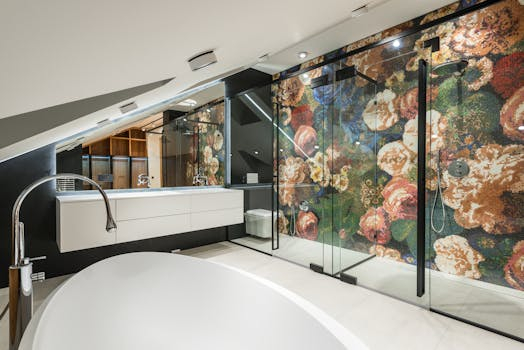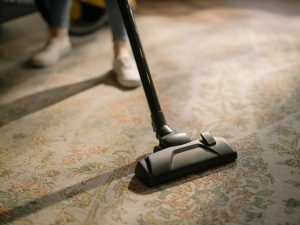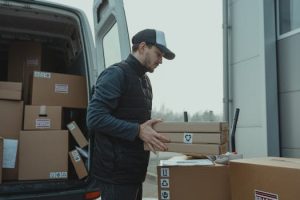Sustainable Innovations in Contemporary Residential Maintenance Strategies
Keeping a residential property in top condition can be a daunting task, especially in the face of rapidly changing environmental conditions and increasing awareness of sustainable living. As climate change continues to be a pressing issue, it has become crucial for homeowners and property managers to adopt innovative strategies for maintaining residential buildings while also minimizing their environmental impact. In this article, we will explore some of the newest sustainable innovations in contemporary residential maintenance strategies that are not only beneficial for the environment but also cost-effective and long-lasting.
The Importance of Sustainable Maintenance Strategies
Before delving into the specific strategies and innovations, it is essential to understand why implementing sustainable maintenance practices in residential buildings is vital. Buildings account for a significant portion of global energy use, with residential properties alone responsible for 20% of the total energy consumption. This energy consumption contributes to the emission of greenhouse gases, which significantly impacts the environment. By implementing sustainable maintenance strategies, homeowners can reduce their carbon footprint and contribute to a greener future.
Sustainable Innovations in Residential Maintenance Strategies
Use of Renewable Energy Sources
The use of renewable energy sources is one of the most significant innovations in sustainable residential maintenance. Solar panels have become increasingly popular in residential properties over recent years, with the technology becoming more affordable and accessible. Solar panels convert sunlight into electricity, reducing the dependence on non-renewable sources of energy. This not only reduces the building’s carbon footprint but also lowers energy bills in the long run.
Green Roofs
Green roofs are another innovative strategy that homeowners can adopt to maintain their residential properties sustainably. These roofs are covered with vegetation, which not only creates a beautiful green space but also offers numerous environmental benefits. Green roofs provide insulation, reducing the energy required for heating and cooling the building. They also help absorb rainwater, reducing the strain on drainage systems during heavy rainfall. Additionally, green roofs contribute to improving air quality and mitigating the urban heat island effect.
Smart Home Technology
The advancement of smart home technology has revolutionized the way we live and manage our residential properties. Smart thermostats, for example, use sensors and algorithms to develop personalized heating and cooling schedules based on a household’s occupancy. This helps save energy and money by only using heating and cooling when necessary. Other smart home devices, such as energy-efficient lighting and appliances, also contribute to reducing energy consumption and costs.
Green Cleaning Products
Another significant innovation in sustainable residential maintenance is the use of green cleaning products. These products are free from harmful chemicals and have a minimal impact on the environment. Traditional cleaning products contain harsh chemicals that can be harmful to both humans and the environment. By switching to green cleaning products, homeowners can ensure a healthier living environment for themselves and their families while also minimizing their environmental impact.
The Benefits of Sustainable Residential Maintenance
Apart from the obvious benefits to the environment, implementing sustainable maintenance strategies in residential buildings also brings several other advantages. These include lowering energy costs, increasing property value, and improving the overall well-being of the occupants. By investing in sustainable maintenance strategies, homeowners can save money in the long run while also contributing to a greener planet.
Conclusion
In conclusion, with the increasing concern for the environment and the need to reduce the carbon footprint, sustainable maintenance strategies have become a necessity in contemporary residential management. From using renewable energy sources and green roofs to smart home technology and green cleaning products, homeowners and property managers have several sustainable options to choose from. These innovations not only benefit the environment but also offer numerous advantages in terms of cost, property value, and occupant well-being. By adopting these strategies, homeowners can contribute to a more sustainable future while also enjoying a well-maintained and energy-efficient home.











